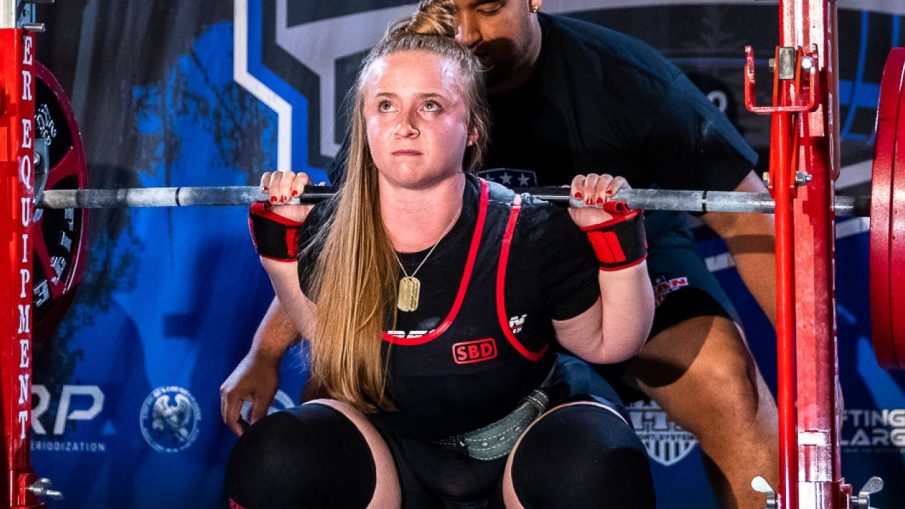Written by: Kevin Cann
Anders Ericcson was the researcher who came up with the idea of deliberate practice for skill development. In his book he gave a quote tat stated, “Greatness is achieved by standing on the shoulders of giants.” This was in relation to him saying that developing high level skill begins with seeing what the other high performers are doing.
In the current climate of powerlifting, coaches and athletes seem to have missed this step. There are not too many people out there that have a strong understanding about the history of the sport. This is lost knowledge and lost opportunities to utilize the information to get stronger.
Scientism grew in popularity where people began to believe that the only information that was relevant was that of scientists. This “exaggerated trust” decreased the relevance of the experiences of the people who had high levels of success before information such as periodization made its way to America.
We ended up with this increase in “evidence-based practice” even in the sport of powerlifting. Evidence-based practice is sham in my not so humble opinion. Researchers are not coaches developing talent. They do not have skin in the game the same way we do . We also can’t control for every possible variable. Life is messy and our athletes are complex.
I have had lifters that I have coached for over 5 years. This extends far beyond the few weeks of most studies. This is where the research of the Soviet Union that made its way to America in the 1970s and 1980s becomes more intriguing. They documented what they did with high level athletes over several Olympic training cycles.
We lose this information for a 6-week study on untrained college males that shows daily undulation as superior to linear programming. A study like that doesn’t tell us anything useful. A group like Westside Barbell Culver City was setting new standards for human potential without access to this information. Pat Casey from this group was the first to squat 800lbs, bench 600lbs, and total 2000lbs. Their training worked.
We would look at their training through an “evidence-based” lens and say that it “sucks” or it is “garbage.” However, it clearly worked. From what I have read they basically maxed out every single training day, but they found ways to do it like changing the height of the box for box squats. They realized they could squat twice per week if 1 day was on a higher box.
Angel Spassov, a sports scientist for Bulgaria, said that max effort work was the only way to develop ultra-high performance, but it shortened careers. The Russians were putting out lifters that were competing in 2 and 3 Olympics at a high level. They understood what it took to have long careers.
This is where the current research can help. How can we take what we learned from the past and make a decision that is best suited for our lifters? For roughly 16 weeks out of 52 in a year we have a max effort lift on 3 days in a week. This is about 30% of our programs. This is the amount of higher stress training that is recommended by Sheiko.
We get the same number of low stress weeks in our programs with our week 4s as well as tapers before a meet. The other 40% of our programs are moderate stress weeks. Research has given us some good information for recovery from hard training days. A squat and deadlift max effort will be separated by 96 hours when 48 to 72 hours is probably substantial. There will be a bench max effort stuck between them 48 hours apart. We have a whole phase without heavy deadlifts too to allow for greater recovery.
I think coaches get too hung up on individualization at times. The program needs to be flexible and adaptable to meet the needs of the individual. I monitor each lifter’s recovery and we only progress loads when I see fit. This rate of change for progression is very different with each person and very different within each person depending upon what is happening in their lives.
A coach should have one program and really learn the nuances of the system so that they can best make adjustments for each individual. If the coach is constantly changing the program to “meet the needs of the individual” they will never truly understand the nuances involved and how small changes can make a big impact.
That program should be authentic to the coach as well. This is a much deeper philosophical topic that I will not get into now, but keep in mind that authenticity is critical to the success of the program. Therefore, every coach has their own methods based on the same principles.
To say that the research doesn’t show that bands and chains work, or that specificity in the movement is all that matters with alternating volumes and intensities misses the mark of solving the complex problem of high performance.
This is why I am currently developing the “strength classroom.” This classroom will cover the history and fundamentals, theory, and bridging theory with practice. Stay tuned for more details.

